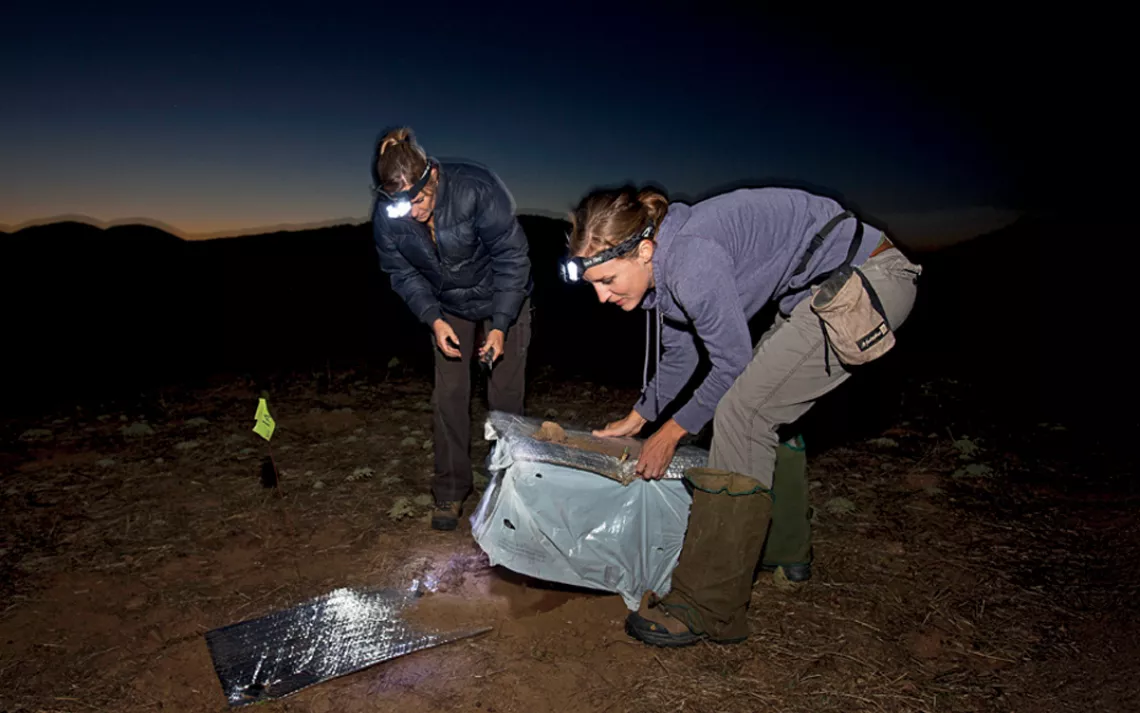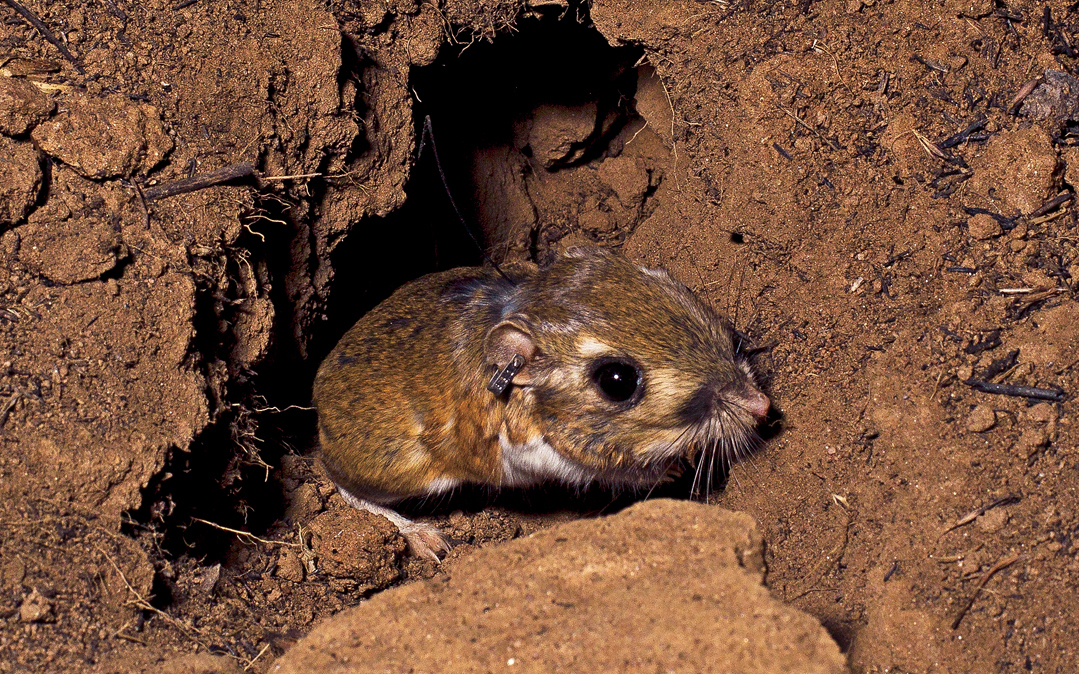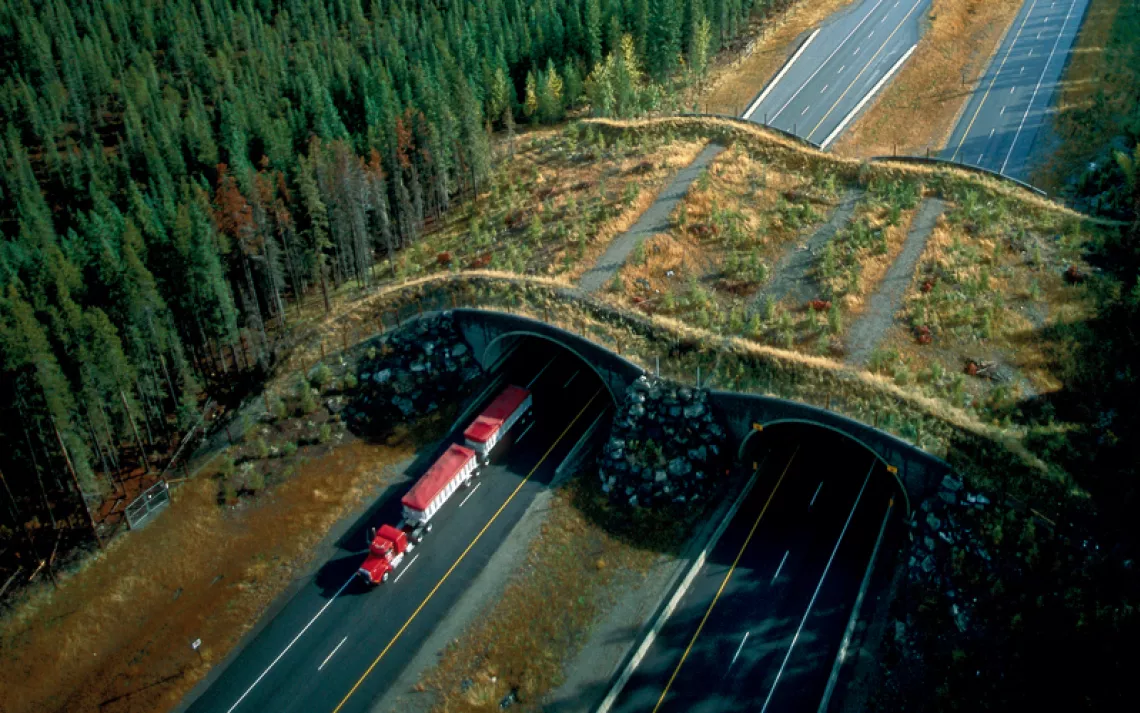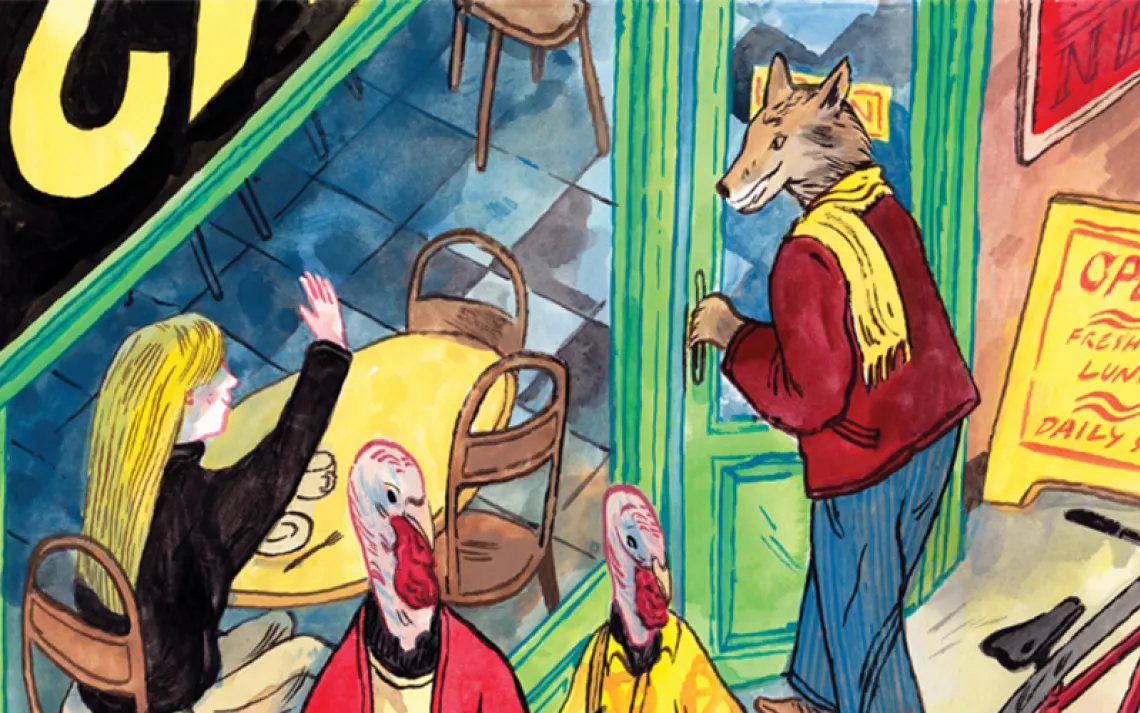The Pretend Conservation of “Translocating” Animals to Make Room for Development

A well-planned, successful conservation translocation of 150 kangaroo rats by the San Diego Zoo in 2010. | Photo courtesy of San Diego Zoo
Found in only two Southern California counties, the Stephens' kangaroo rat hops around like its marsupial namesake, nibbling on seeds and communicating with fellow rodents by drumming its oversize feet on the ground. The creature's coastal sagebrush habitat often comes with stunning ocean views, which is why the Stephens' kangaroo rat is on the highway to extinction.
The presence of endangered species like the kangaroo rat can bollix up development plans. But the federal and state agencies tasked with protecting endangered species will often agree to a work-around, allowing developers to move the rare creatures elsewhere in a process known as mitigation translocation.

Stephens' kangaroo rat is an endangered species. | Photo courtesy of San Diego Zoo
Usually performed by environmental consulting firms, mitigation translocation is happening with increasing frequency. In the southeastern United States, upwards of 70,000 threatened gopher tortoises have been relocated since 1989, often to make way for phosphate mining. In western states, endangered desert tortoises are often sent packing.
Unlike conservation translocations, in which animals are carefully reintroduced to habitats where they once thrived, mitigation translocations are often haphazard affairs, conducted at a breakneck pace and with little follow-up. The few studies that have been done have shown alarming mortality rates due to competition, predation, starvation, exhaustion, and disease.
"Animals know their home range," explains Ileene Anderson, a senior scientist with the Center for Biological Diversity. Desert tortoises, for example, can live 80 to 100 years and have a sophisticated understanding of where they can find water or go to escape predators. "When you move them, they try to go back to their home range. Generally about half the tortoises don't survive." Attempts to move kangaroo rats to new territory have also fared dismally. In one instance, 599 animals were transported to a new habitat. None survived.
"At its worst, it's just moving the animal out of the way of the bulldozer to die slowly elsewhere," says Ron Swaisgood, a conservation biologist for San Diego Zoo Global and one of the authors of a critical paper about mitigation translocation published in the journal Frontiers in Ecology and the Environment.
Such deaths are not a foregone conclusion. Swaisgood and his colleague Debra Shier have successfully relocated Stephens' kangaroo rats to new digs, but doing so required meticulous planning. Each animal was relocated with its existing neighbors so that it didn't have to spend a lot of time fighting over territory. Less time fighting meant more time foraging. A year later the relocated rodents were successfully breeding—unlike a control group that was translocated without regard to social relationships. Without such information, it's hard to know whether mitigation translocation is any improvement over simply letting native creatures die.
"Worst-case scenario," Swaisgood says, "you're just pitching them over the fence."
WHAT YOU CAN DO
Call on regulatory agencies to ensure that translocations funded by developers have clear goals and conform to the best practices of conservation science, and that the collected data are made freely available to the public.
 The Magazine of The Sierra Club
The Magazine of The Sierra Club







